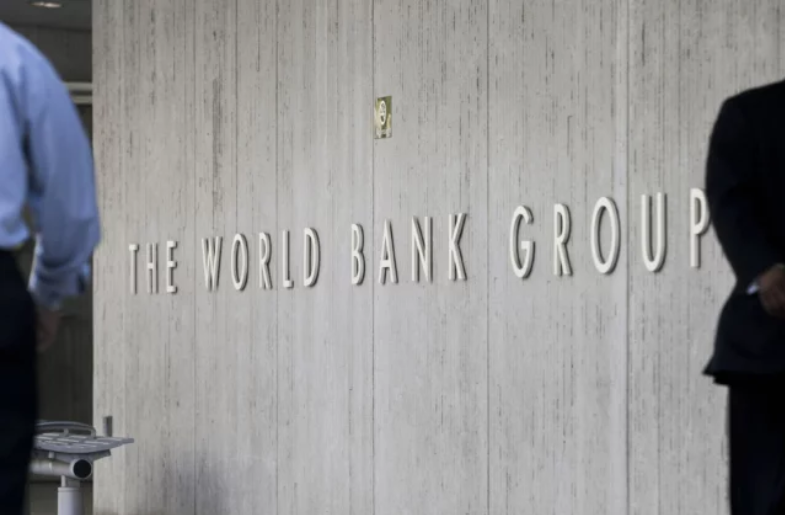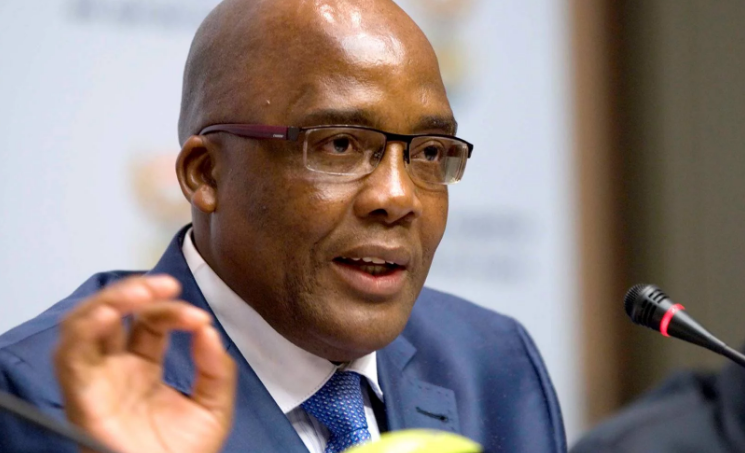
The World Bank has cut its economic growth forecast for South Africa for 2019, through to 2021, citing low investor sentiment, and persisting policy uncertainty.
Growth in South Africa is now expected at 0.8% in 2019 (0.5 percentage point lower than the April forecast), the same as in 2018, the bank said in its October Africa’s Pulse report.
Growth is expected to rise to 1.0% in 2020 (0.7 percentage point lower than in April) and reach 1.3% in 2021 (0.5 percentage point lower than the April forecast).
“These large downward revisions reflect the sharp slowdown in real GDP growth in the first quarter of 2019, low investor sentiment, and persisting policy uncertainty, including whether a solution could be found for Eskom, fiscal slippages would be averted, and structural reforms would be undertaken,” it said.
Appetite for South African equities has been hurt by concerns about global growth, the prolonged trade war and a moribund local economy, Bloomberg reported. A forthcoming credit-rating review by Moody’s Investors Service, in November, has added to caution among non-resident investors.
Renaissance Capital, which has correctly predicted eight out of nine sovereign rating decisions in emerging Europe and the Middle East since May, is calling a downgrade to junk for South Africa next month.
Moody’s is the only major rating company still to assess South Africa’s debt at investment grade. S&P Global Ratings and Fitch Ratings cut their assessments to junk in 2017. Moody’s has South Africa on a stable outlook, meaning it’s unlikely to change the rating immediately.
Eskom continues to drag on the economy with debt exceeding R440 billion, while the power utility reported a loss for the year ended March 2019, of R21 billion.
Foreigners meanwhile, have offloaded South African stocks in recent weeks, as worries about the state of the global economy helped spur an exit from riskier assets.
The World Bank on Wednesday said that growth in Sub-Saharan Africa remained slow through 2019, hampered by persistent uncertainty in the global economy and the slow pace of domestic reforms.
The bank’s twice-yearly economic update for the region, suggested that overall growth in the region is projected to rise to 2.6% in 2019 from 2.5% in 2018, which is 0.2 percentage points lower than the April forecast.
Beyond Sub-Saharan Africa’s regional averages, the picture is mixed.
The recovery in Nigeria, South Africa, and Angola—the region’s three largest economies—has remained weak and is weighing on the region’s prospects. In Nigeria, growth in the non-oil sector has been sluggish, while in Angola the oil sector remained weak.
“In South Africa, low investment sentiment is weighing on economic activity,” the bank said.
Excluding Nigeria, South Africa, and Angola, growth in the rest of the subcontinent is expected to remain robust although slower in some countries.
“The average growth among non-resource-intensive countries is projected to edge down, reflecting the effects of tropical cyclones in Mozambique and Zimbabwe, political uncertainty in Sudan, weaker agricultural exports in Kenya, and fiscal consolidation in Senegal.
“Africa’s economies are not immune to what is happening in the rest of the world, and this is reflected in the subdued growth rates across the region,” said Albert Zeufack, chief economist for Africa at the World Bank.
“At the same time, evidence clearly links poor governance to poor growth performance, so efficient and transparent institutions should be on the priority list for African policy makers and citizens.”
The rand firmed against the dollar in afternoon trade on Wednesday:
Dollar/Rand: R15.17 (-0.69%)
Pound/Rand: R18.55 (-0.68%)
Euro/Rand: R16.66 (-0.45%)
Article by Business Tech









